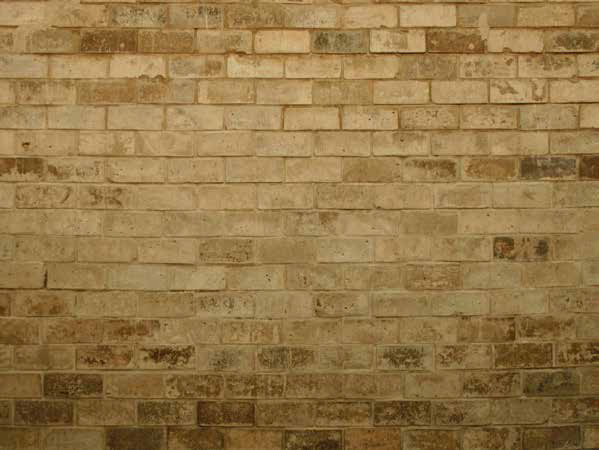Social Background
The modern architecture movement, which started in the early 1900s, utilized new mass produced materials such as steel, glass and concrete. Given this as a technological base, and using the same materials, buildings with a unified vocabulary were reproduced all over the world.
This method was a success in supplying inexpensive functional houses to the rapidly growing population in the urban areas. However it resulted in a loss of the uniqueness in the locality and of the individuality of places. This was disaster in terms of architecture trying to use region‐specific materials or architecture that is specific to the climate of the region.
In addition, an enormous amount of energy has been used/required to produce iron/steel, glass and concrete. It is time that we as architects consider the drastic change to the mechanism of producing architectural buildings. The global awareness of the limited resources on earth, improvements to the environment and various attempts across different sectors are required.

Why earth?
Soil came into being 4 billion years ago. It was generated through a combination of dead organisms and grains of minerals. Soil has been, and will continue to be a cradle of life.
Since the birth of mankind, humans have been creating their dwellings with their hand using the materials at hand. They would sometimes use wood, and stones on other occasions depending on availability.
When it comes to the soil, the material is available everywhere in the world, and there is no concern of depletion.
This is the reason we decided to develop a new architectural component using basically soil only, by adding scarce amounts of natural additives.
We started our researches in three directions. To formulate a new architectural model of “soil + natural additives” which can be 100% recycled, to develop new architectural technologies that can be easily applied in scenes of natural disasters in and out of Japan, and to improve the specification of existing buildings using soil.





